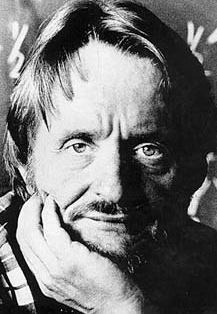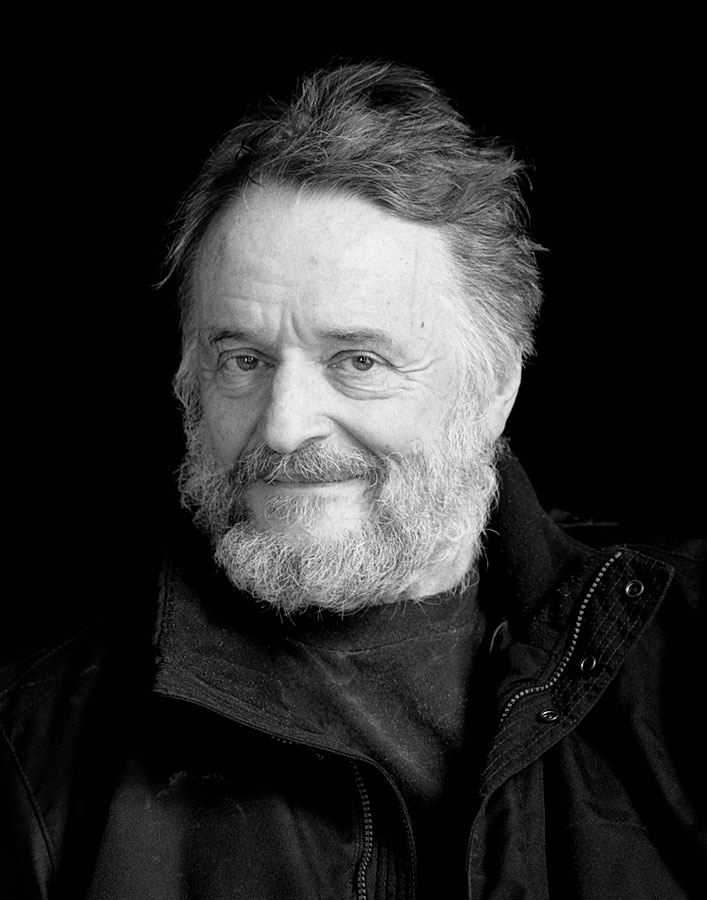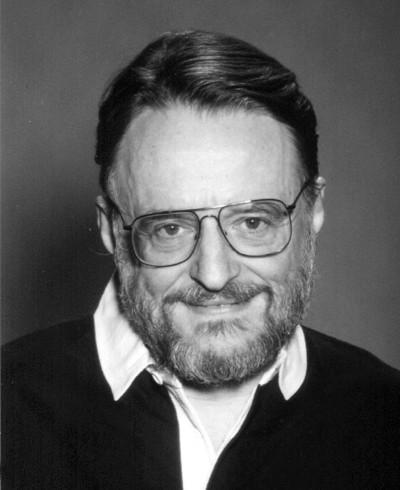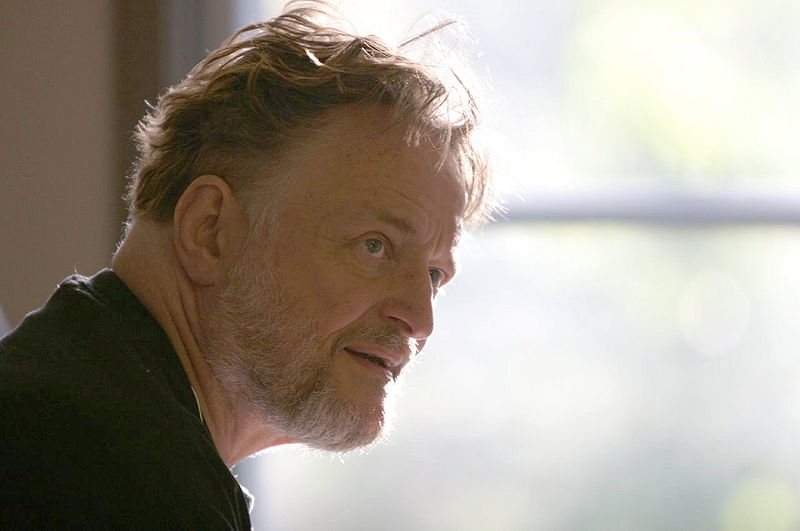<Back to Index>
- Mathematician John Horton Conway, 1937
- Poet Thomas Gray, 1716
- Holy Roman Emperor Frederick II, 1194
PAGE SPONSOR



John Horton Conway (b. 26 December 1937) is a prolific mathematician active in the theory of finite groups, knot theory, number theory, combinatorial game theory and coding theory. He has also contributed to many branches of recreational mathematics, notably the invention of the cellular automaton called the Game of Life.
Conway is currently professor of mathematics at Princeton University. He studied at Cambridge, where he started research under Harold Davenport. He received the Berwick Prize (1971), was elected a Fellow of the Royal Society (1981), was the first recipient of the Pólya Prize (LMS) (1987), won the Nemmers Prize in Mathematics (1998) and received the Leroy P. Steele Prize for Mathematical Exposition (2000) of the American Mathematical Society. He has an Erdős number of one. Conway's parents were Agnes Boyce and Cyril Horton Conway. He was born in Liverpool. He
became interested in mathematics at a very early age and his mother
recalled that he could recite the powers of two when aged four years.
At the age of eleven his ambition was to become a mathematician. After leaving secondary school, Conway entered Gonville and Caius College, Cambridge, to study mathematics. He was awarded his BA in 1959 and began to undertake research in number theory supervised by Harold Davenport. Having solved the open problem posed by Davenport on writing numbers as the sums of fifth powers,
Conway began to become interested in infinite ordinals. It appears that
his interest in games began during his years studying at Cambridge,
where he became an avid backgammon player,
spending hours playing the game in the common room. He was awarded his
doctorate in 1964 and was appointed as College Fellow and Lecturer in
Mathematics at the University of Cambridge. He left Cambridge in 1986 to take up the appointment to the John von Neumann Chair of Mathematics at Princeton University. He is also a regular visitor at Mathcamp and MathPath, summer math programs for high schoolers and middle schoolers, respectively. Conway resides in Princeton, New Jersey. He has seven children and three grandchildren, and has been married with his wife Diana since 2001.
Among amateur mathematicians, he is perhaps most widely known for his contributions to
combinatorial game theory (CGT), a theory of partisan games. This he developed with Elwyn Berlekamp and Richard Guy, and with them also co-authored the book Winning Ways for your Mathematical Plays. He also wrote the book On Numbers and Games (ONAG) which lays out the mathematical foundations of CGT. He is also one of the inventors of sprouts, as well as philosopher's football. He developed detailed analyses of many other games and puzzles, such as the Soma cube, peg solitaire, and Conway's soldiers. He came up with the Angel problem, which was solved in 2006. He invented a new system of numbers, the surreal numbers, which are closely related to certain games and have been the subject of a mathematical novel by Donald Knuth. He also invented a nomenclature for exceedingly large numbers, the Conway chained arrow notation. Much of this is discussed in the 0th part of ONAG. He is also known for the invention of the Game of Life, one of the early and still celebrated examples of a cellular automaton. In the mid 1960s with Michael Guy, son of Richard Guy, he established that there are sixty-four convex uniform polychora excluding two infinite sets of prismatic forms. They discovered the grand antiprism in the process, the only non-Wythoffian uniform polyhedron. Conway has also suggested a system of notation dedicated to describing polyhedra called Conway polyhedron notation. He extensively investigated lattices in higher dimensions, and determined the symmetry group of the Leech lattice. He worked on the classification of finite simple groups and discovered the Conway groups. He was the primary author of the ATLAS of Finite Groups giving
properties of many finite simple groups. He, along with collaborators,
constructed the first concrete representations of some of the sporadic groups. More specifically, he discovered three sporadic groups based on the symmetry of the Leech lattice, which have been designated the Conway groups. With Simon Norton he formulated the complex of conjectures relating the monster group with modular functions, which was named monstrous moonshine by them.
As a graduate student, he proved the conjecture by Edward Waring that every integer could be written as the sum of 37 numbers, each raised to the fifth power, though Chen Jingrun solved the problem independently before the work could be published.
He has also done work in algebra, particularly with
quaternions. Together with Neil James Alexander Sloane, he invented the system of icosians.
He has (co-)written several books including the ATLAS of Finite Groups, Regular Algebra and Finite Machines, Sphere Packings, Lattices and Groups, The Sensual (Quadratic) Form, On Numbers and Games, Winning Ways for your Mathematical Plays, The Book of Numbers, and On Quaternions and Octonions. He is currently finishing The Triangle Book written with the late Steve Sigur, math teacher at Paideia School in Atlanta, Georgia, and in summer 2008 published The Symmetries of Things with Chaim Goodman - Strauss and Heidi Burgiel.
Conway's approach to computing the Alexander polynomial of knot theory involved skein relations,
by a variant now called the Alexander - Conway polynomial. After lying
dormant for more than a decade, this concept became central to work in
the 1980s on the novel knot polynomials. Conway further developed tangle theory and invented a system of notation for tabulating knots, nowadays known as Conway notation, while completing the knot tables up to 10 crossings.
